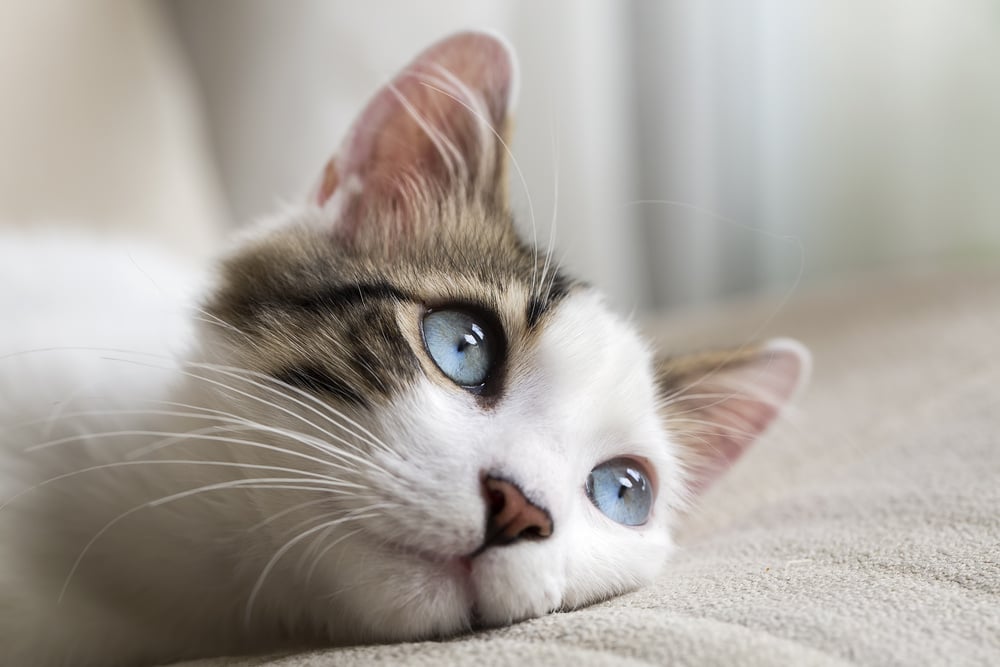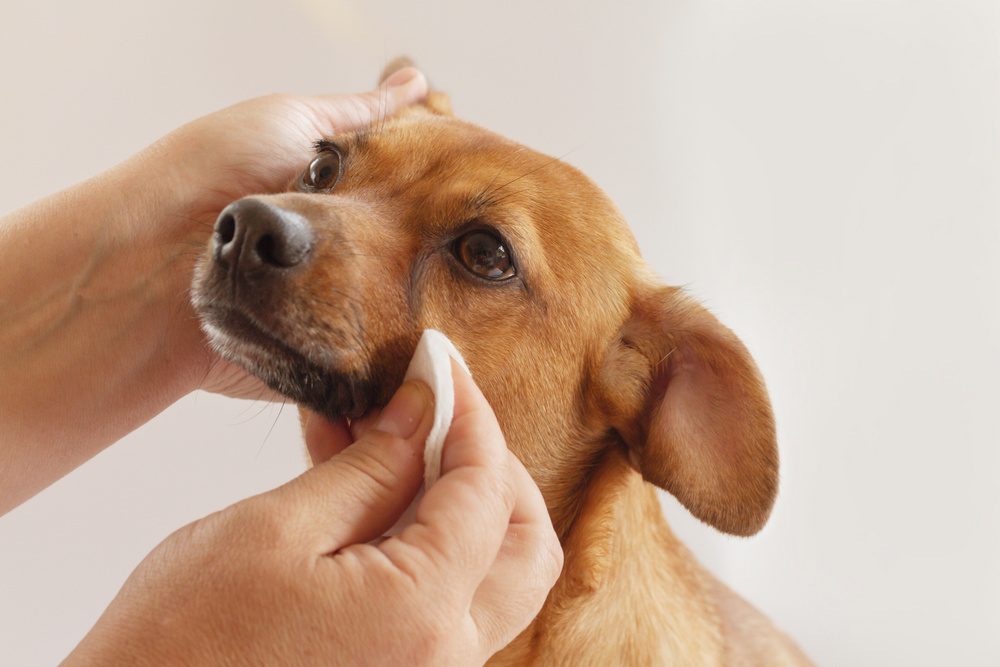
Periocular Skin and it's Care
The periocular skin—the delicate area surrounding a pet’s eyes—requires special attention in veterinary dermatology. This region is particularly sensitive and prone to inflammation, irritation, infections, and discoloration, often due to excessive tearing, allergies, or underlying dermatological conditions.
Common periocular skin issues include tear staining, dermatitis, bacterial or fungal infections, and trauma-related irritations. Because the skin around the eyes is thinner and more exposed, improper care can lead to chronic irritation, secondary infections, and discomfort for the animal.
It is important to use safe, non-irritating, and ophthalmologically tested products when managing periocular skin conditions to protect both the skin and the eye itself.
Common Periocular Skin Conditions in Pets
There are several different skin conditions that can occur around the eyes:
1. Tear Staining (Epiphora-Related Dermatitis)
Excessive tearing (epiphora) is common in brachycephalic breeds (Bulldogs, Pugs), toy breeds (Maltese, Shih Tzu), and Persian cats due to poor tear drainage or eye conformation. Chronic moisture exposure leads to:
- Brown or reddish stains caused by porphyrin pigments in tears.
- Skin irritation and bacterial overgrowth in constantly damp fur.
- Unpleasant odor and discomfort in severe cases.
2. Periocular Dermatitis & Irritation
The delicate skin around the eyes can become inflamed due to:
- Allergic reactions (atopic dermatitis, food allergies).
- Contact irritation (shampoos, environmental allergens, foreign bodies).
- Excessive licking or rubbing, leading to secondary trauma.
3. Bacterial & Fungal Infections
Excess moisture and inflammation can promote microbial overgrowth, leading to:
- Bacterial dermatitis (often involving Staphylococcus species).
- Fungal infections (Malassezia or dermatophytosis), particularly in humid conditions.
4. Trauma & Skin Lesions
Pets prone to eye discharge, excessive scratching, or facial folds are at risk for:
- Superficial abrasions from scratching or excessive grooming.
- Skin fold infections, especially in predisposed breeds.
-

Cleaning the area around the eyes is crucial to ensure comfort and to prevent infections
Veterinary Strategies for Periocular Skin Care
Managing periocular skin issues requires a gentle yet effective approach to maintain skin integrity while preventing secondary infections.
1. Gentle Cleansing & Hygiene
- Use non-irritating, ophthalmologically tested wipes or solutions to remove tear stains, debris, and excess moisture.
- Avoid products containing alcohol, strong fragrances, or harsh chemicals, as they may cause irritation.
2. Reducing Tear Staining & Moisture Buildup
- Regular cleaning to prevent stain accumulation and bacterial growth.
- Consider addressing underlying tear duct issues or breed predispositions if epiphora is persistent.
3. Soothing & Protecting the Skin
- Apply moisturizing and barrier-supportive formulations to prevent dryness and irritation.
- Antimicrobial agents may be required if secondary infections are present.
4. Addressing Underlying Causes
- Investigate allergies, infections, or structural abnormalities contributing to periocular skin conditions.
- Consider dietary adjustments (e.g., omega-3 fatty acids) to support skin and coat health.
Product selection for periocular skin care
Periocular skin management should incorporate products that gently cleanse, protect, and support skin health without compromising the natural skin barrier. Here are the products to keep on hand:
Iryplus

...is a gentle yet effective eye cleanser, available in both wipes and drops, designed to remove tear stains, debris, and secretions while soothing the sensitive periocular area. The wipes offer a convenient, easy-to-use solution for daily hygiene, while the drops provide targeted cleansing and hydration. Its non-irritating formula helps maintain hygiene, reduce irritation, and support skin health, making it ideal for pets prone to tear staining and eye discharge.